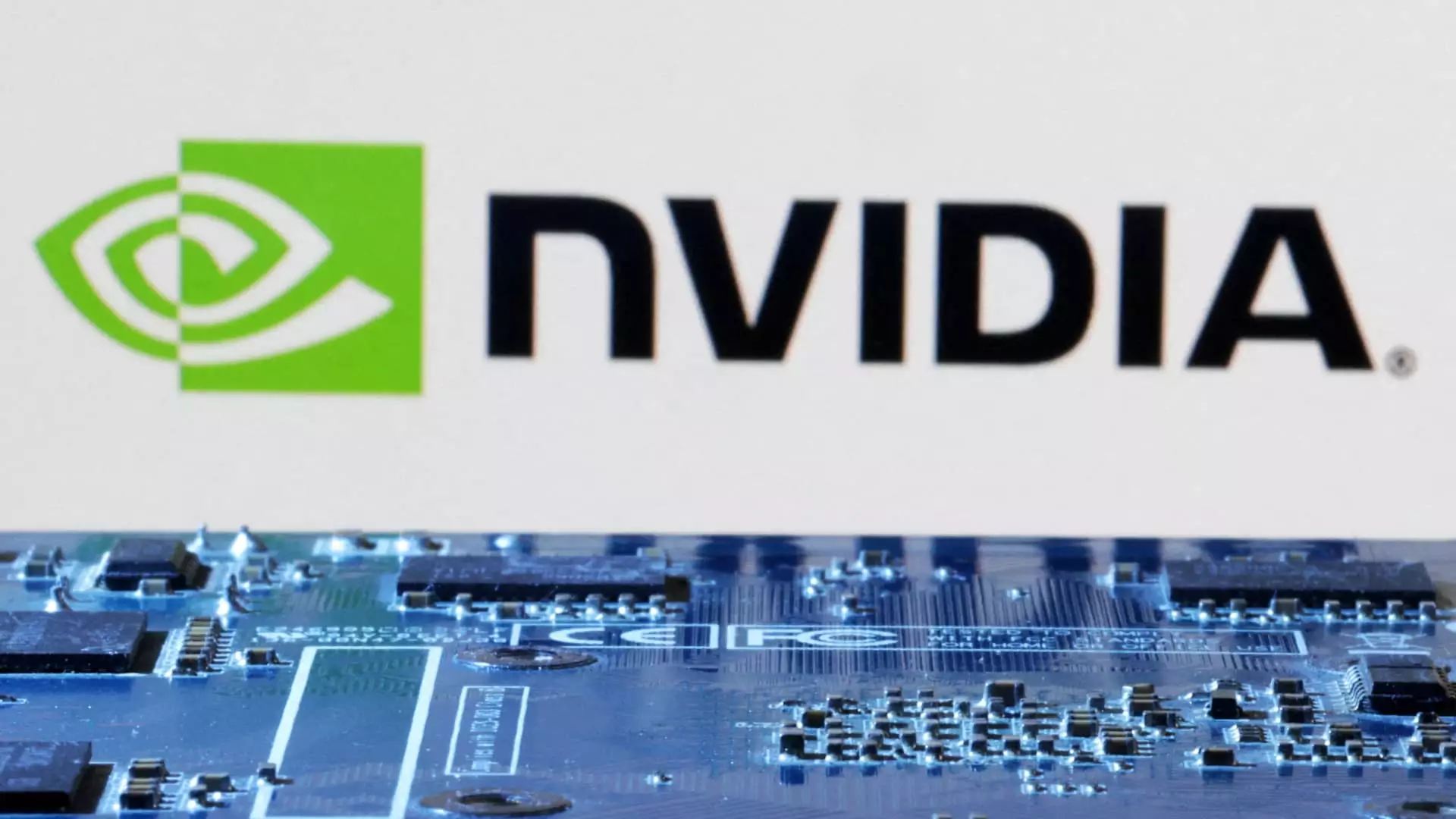The financial landscape is always evolving, shaped by analyst calls and the shifting tides of market sentiment. In recent days, several firms have provided recommendations on various stocks, revealing a complex interplay between perceived value, industry trends, and financial performance. Today, we examine key calls on Wall Street, highlighting the rationale behind these recommendations while considering their potential implications for investors.
The semiconductor industry continues to present a juxtaposition of optimism and caution. Loop Capital recently initiated coverage on NXP Semiconductor (NXPI), granting it a Buy rating with a price target of $300. The firm is optimistic about NXP due to its automotive leverage, suggesting a positive outlook amid supply chain adjustments that have seen automotive manufacturers reduce inventory levels. However, this optimism must be tempered with the understanding that the market mood towards semiconductor stocks has been predominantly bearish, especially since late 2023. The industry is experiencing a natural correction, having previously been buoyed by heightened demand during the pandemic.
Similarly, Loop also initiated a Buy rating for ON Semiconductor, characterizing it as undervalued. Analysts cite light vehicle production flattening as a concern but believe that the future holds promise for companies like ON, which rely heavily on automotive sectors. The recurring mention of “consensus shorts” in financial circles calls to attention the potential for volatility, suggesting that while these stocks may rally, the risk remains if supply issues do not stabilize.
Mizuho’s reiteration of Nvidia as a Buy, along with an increase in price estimates, highlights Nvidia’s dominance in the AI accelerator market. As the forefront of artificial intelligence technology, the company is positioned well as the sector expands. This raises an important point: Nvidia’s success is not just due to current performance but is also tied to its long-term potential in AI. This dual perspective complicates traditional investment strategies; investors must grapple with the interplay between immediate returns and future growth prospects.
This sentiment is echoed by Redburn, who initiated Nvidia at a Buy recommendation based on its competitive moat, particularly in the realm of graphics processing units (GPUs). The focus on Nvidia illustrates a broader wave of positive sentiment towards AI-driven stocks, an area that analysts believe still has room for growth.
In the retail sector, Morgan Stanley’s upgrade of Walmart reflects the retail giant’s robust performance amidst economic pressures. The firm raised its price target ahead of earnings announcements, indicating confidence in Walmart’s ability to penetrate higher-income demographics and capitalize on eCommerce growth. However, such optimism is cautioned by the economic backdrop that could impact consumer spending moving forward.
Contrasting this is Citi’s downgrade of Ross Stores, attributed to uncertainty stemming from management changes within the company. This decision reinforces the critical importance of leadership in retail performance, especially as the industry navigates a complex economic climate. The mixed signals within the retail sector highlight the precarious balance between opportunity and risk as companies adjust to evolving consumer behaviors.
Deutsche Bank’s upgrade of SentinelOne illustrates a burgeoning confidence in cybersecurity firms amidst increasing cyber threats. With its upgrade based on organic growth momentum, investors are reminded that in an era of digital transformation, security is paramount. This sector is ripe for innovation and investment, particularly as organizations prioritize safety alongside new technologies.
In contrast, Okta’s downgrade reflects an increasingly cautious approach to the IT identity access management sector. Citigroup’s decision to downgrade Okta illustrates the challenges faced by tech firms in maintaining consistent value creation, emphasizing that the rapidly shifting landscape can create uncertainty even for established players.
As we dissect these calls from Wall Street, one common thread emerges: the importance of context in financial analysis. Overarching trends like automation, AI, and evolving consumer behavior are reshaping industries but also invite volatility and uncertainty. Investors would do well to remain discerning, weighing analyst recommendations against broader market shifts and individual company performance.
While some analysts exhibit bullish confidence, particularly in sectors like AI and cybersecurity, caution is warranted in industries like retail where dynamics may shift with economic pressures. Successful investment strategies will require not only an understanding of market sentiment but also a keen eye on the underlying business fundamentals. As we move forward, the necessity for comprehensive analyses will only deepen as the financial and operational landscapes grow increasingly intertwined.

